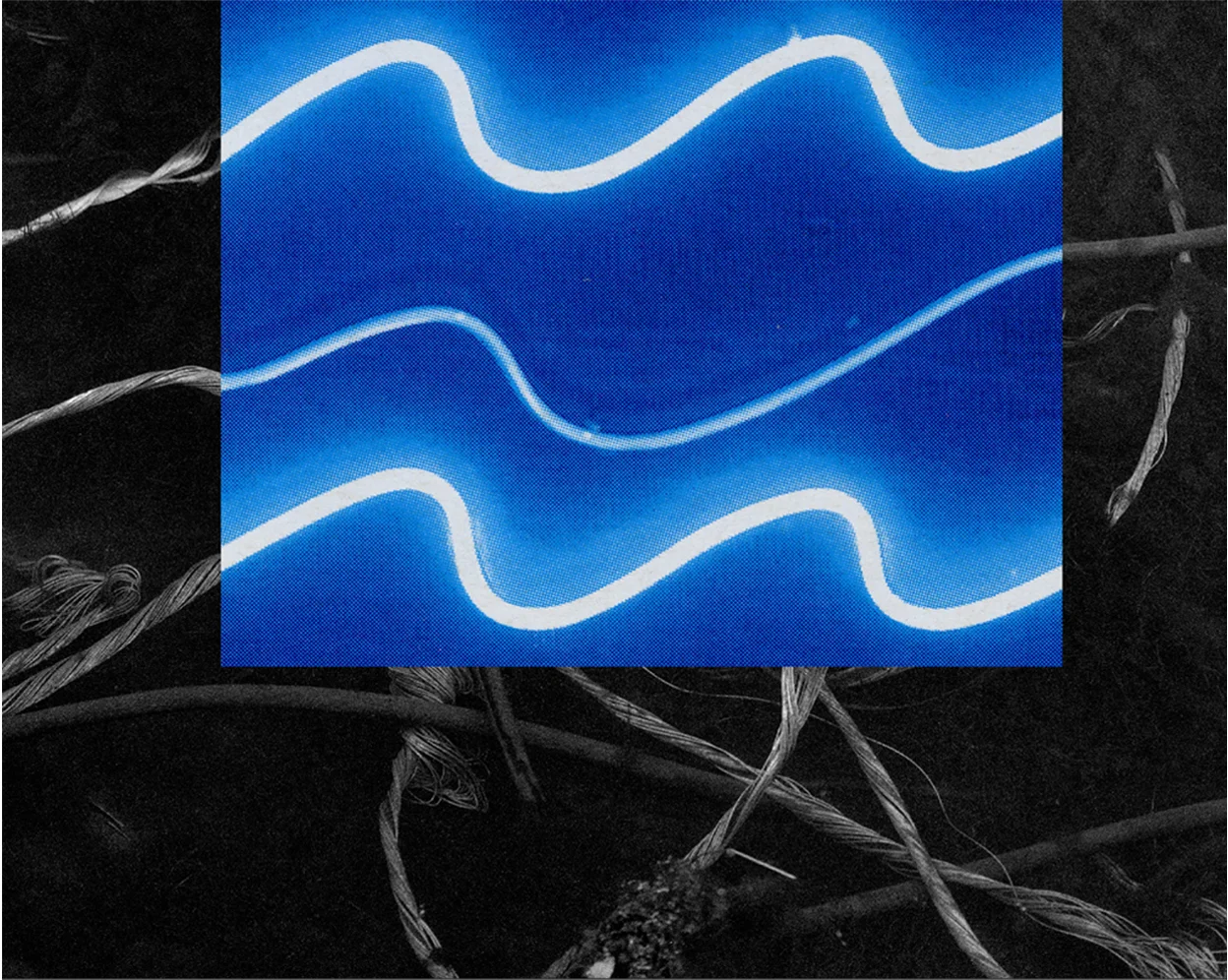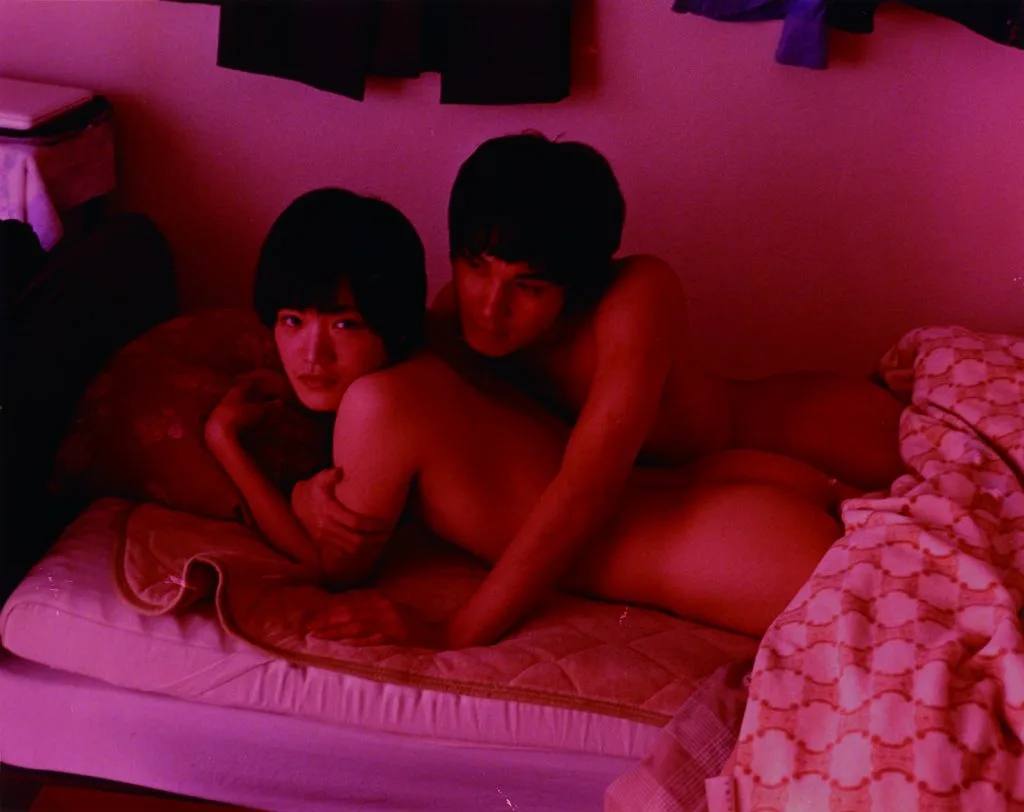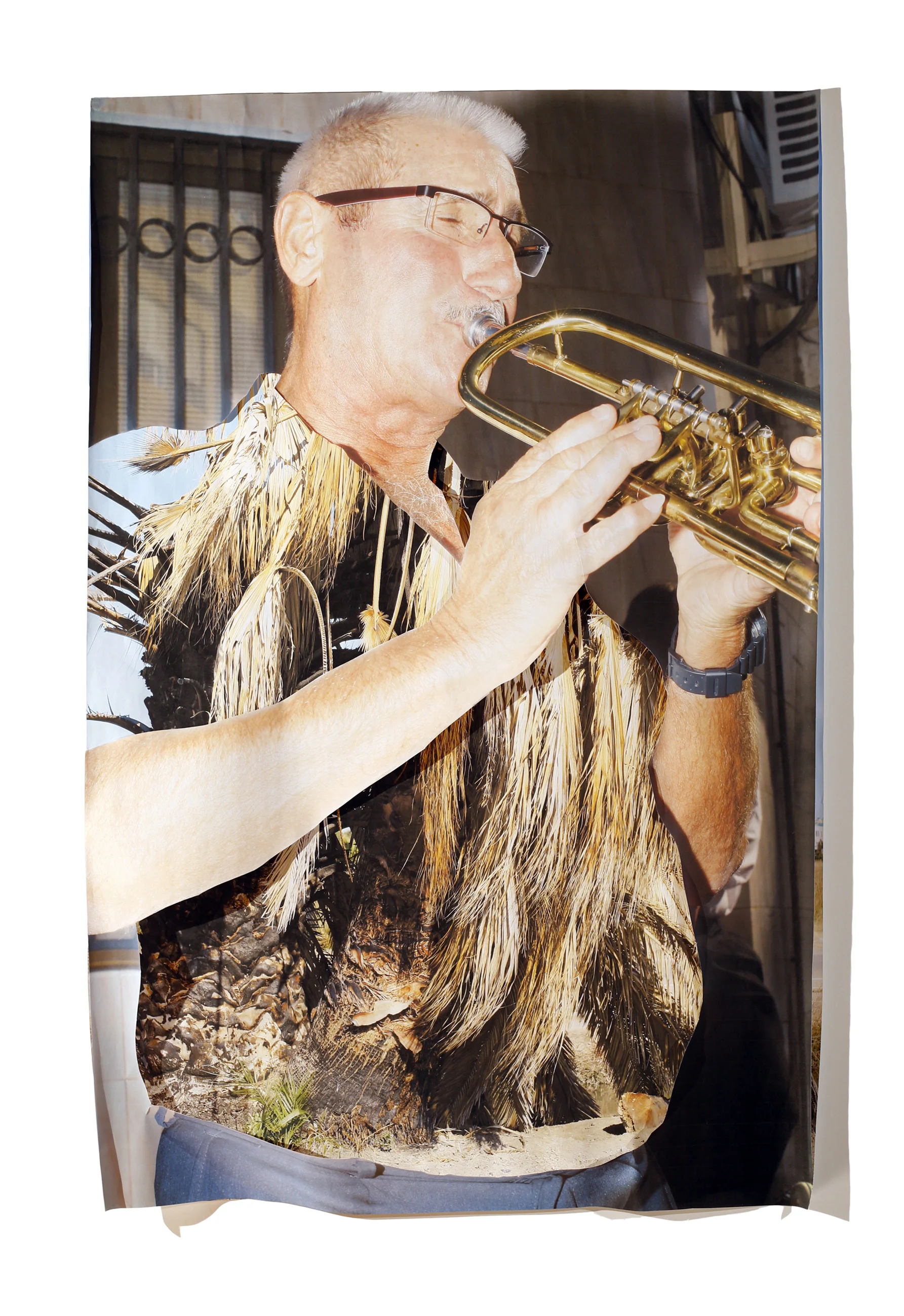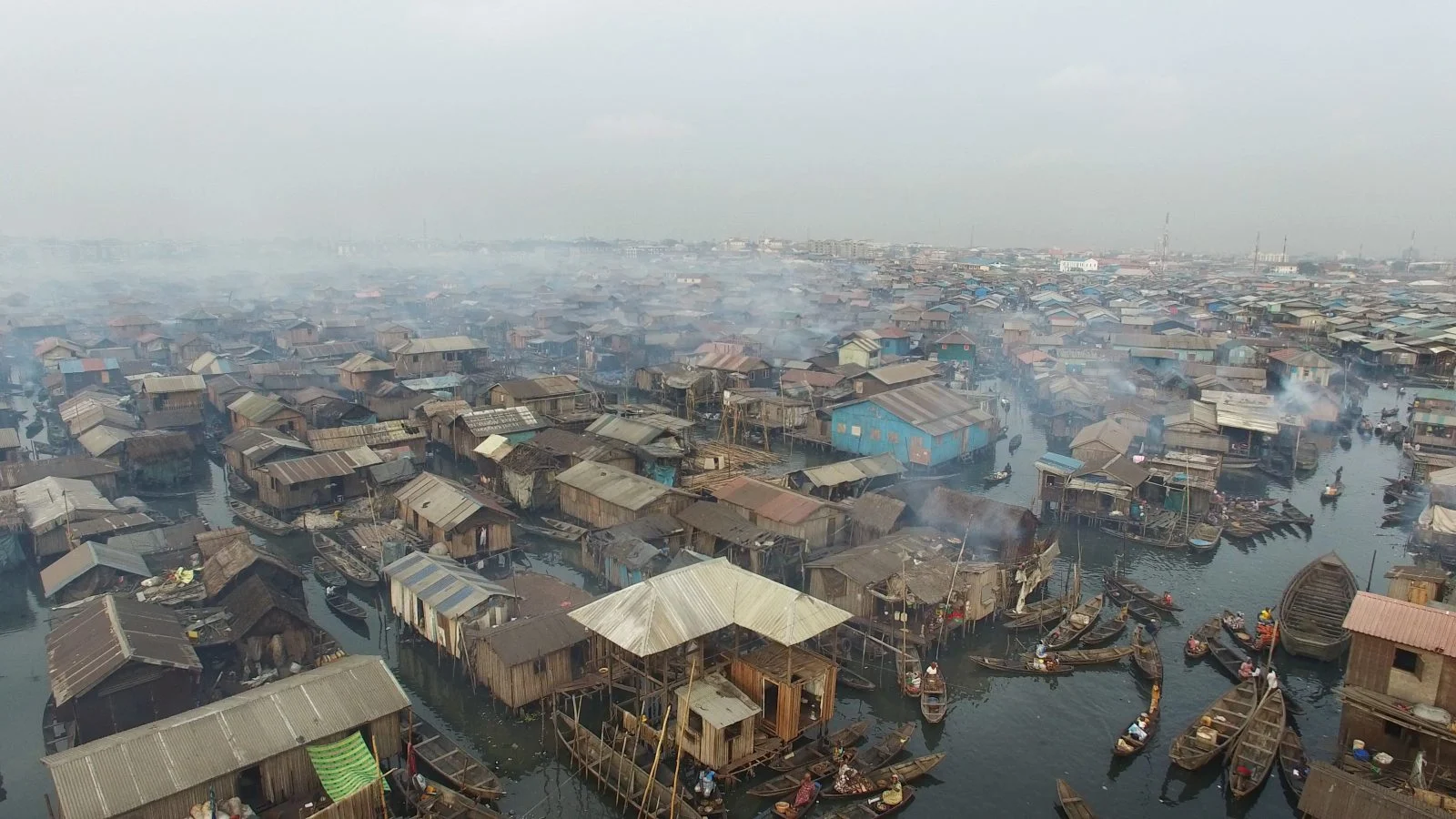

The creative world changes quickly – like a shark it has to keep moving to survive. So the chance to step back and consider the underlying trends, the currents beneath the waves, isn’t that common.
Since 2012, Unseen Amsterdam has been doing just that, building a moment which, in its own words, “brings together the international photography community to discuss and debate the directions in which the photographic medium is evolving.”
Focusing only on up-and-coming image-makers, the event breaks down the slightly intimidating idea of "contemporary photography," exploring the how, the why and the who of what makes it so interesting. It’s a must-visit for artists, curators and journalists, but it also does a great job of breaking down barriers and making the art form accessible.
We asked artistic director Emilia van Lynden to explain some of the main things she and her team learned, noticed and sought while putting together this year’s showcase...
Not photographers, but artists
“Photography is no longer only painting with light – it's basically involving all these different mediums such as sculpture, audio and painting. It's all being intertwined or interwoven into these works. So photography for some artists isn't their main tool anymore; it's just one of the tools in their toolbox. You could say they are artists rather than photographers – they are really incorporating different mediums and materials within their work.”

Collectives
Emilia has also seen an uprise of artist joining forces in collectives rather than them working individually. “I think it's a current reflection of the art market – you're seeing loads of people grouping together in order to sustain themselves. Artists work together and use the strength of each person to create an even stronger body of work and to make their lives more sustainable.”
Example: POIUYT, a collective from Italy. In each project they question the status quo and any given reality. During Unseen they'll record a radio show in which they mix pre-recorded content with live discussions, with as main goal to open up conversations about photography.
Or the book Phenomena. Shot by the three Danish photographers Peter Helles Eriksen, Sara Galbiati and Tobias Selnaes Markussen, it portrays Americans who believe in UFOs.

From the personal to the universal
Another phenomenon Emilia has seen is the use of very intimate details from photographers’ own lives to explore broader themes that resonate far more widely. “It’s about using a personal story as a starting point, but then tapping into these universal themes.”
Example: Japanese photographer Momo Okabe, who “documents her life in a incredibly personal way, but it has themes everyone can relate to, like loneliness, memory and the struggles of being a woman.”

Conceptual rather than documentary
Something that’s been developing for some years is photography’s shift from merely documenting the world to capturing it on a more conceptual level. “Conceptual documentary photography has definitely been something we have seen a lot in the last five years,” Emilia says.
So instead of laying it all out in front of the viewer, it is about telling a story by giving just a snippet. “It is conceptual, you're forced to work harder to decipher what you're looking at as a viewer.”
Example: Escape JB, a new series by Spanish photographer Ricardo Cases, aims to, “document contemporary landscape in Spain by picturing local brass bands and palm trees, that are ubiquitous to the region, to show how the landscape of this part of Spain is changing.”

A demand for photojournalistic work
As the world becomes more complicated, and more politicized, Emilia has noticed a higher demand for work which very directly sets out to make sense of the way we live now. “I’ve made a conscious effort to include artists that used to classify themselves as photojournalists,” she says.
Example: Award-winning Dutch photographer and co-founder of NOOR agency, Kadir van Lohuizen. His Wasteland project captures the extraordinary effects of man-made pollution and charts the journey trash takes from our homes onwards.

Emotive architectural photography
Emilia is interested by the idea of using photos as a tool to incite emotions, even when portraying static and inanimate objects, for example works relating to architecture.
“How do you capture that feeling that surrounds you when you’re standing in front of a building? How do you capture its power and its intricacy? How do you make that come across to an audience and make it a picture that works on its own terms?” she says.
“When look at architectual photography I think it’s incredible to see how artists are able to capture the perception of space and how to frame a structure to make it come across like you’re there.”
Example: Artist Andrea Grützner, who’s one of the ING Unseen Talent Award nominees and a “phenomenal talent.” Her work looks at how we perceive space, how we use structures to celebrate and remember, and the fine line between the familiar and the unfamiliar.


